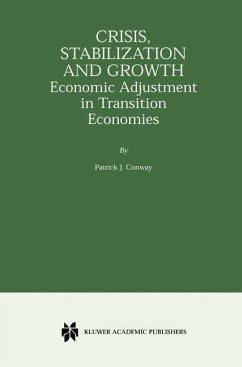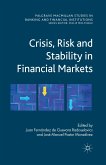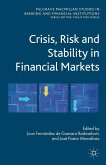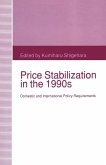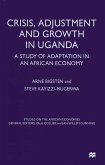The break-up of the Soviet Union in 1991, following closely on the adoptionofmarket-orientedreformsinEastern Europe, createdanew specialty within economics. The economicsoftransitionencompassesphenomenaand problems fromboth microeconomicsandmacroeconomics, aseconomistsfrom all disciplines have labored to understand the economic forces at work in the movement fromplanning tomarket in these countries. Muchhas been learned in the subsequent decade, but as the poor macroeconomic record of the economies attests, much remains to be done. In my view, our progress in understanding transition has been much more pronounced on the microeconomic questions - enterprise privatization, price liberalization, and more competitive industrial organization- than it has been on the more macroeconomic issues. I find that it is revealing to consider the latter issues through the optic ofthe saving decisions within the transition economies. This volume is designed to shed light on the difficulties in achievingdesirable macroeconomic performance in an economysaddled with the legacies ofthe Soviet Union. There are three groupsofpotentialreaders for abookon theeconomics of the transition economies, and I believe that this volume has something to offer each. Non-specialists with an interest inlearningmore about the economic development ofthese countries will find a wealth ofdescriptive information about these economies. Economic specialists and policy analysts ofthe region will find the saving-driven analysis ofthe data to be an illuminating optic on the evolution ofthe financial sector, output and inflation in these countries. Academics and scientific researchers will find that the analysis is buttressed with arigoroftheoretical and econometric technique referenced or reported in the text.
Bitte wählen Sie Ihr Anliegen aus.
Rechnungen
Retourenschein anfordern
Bestellstatus
Storno

